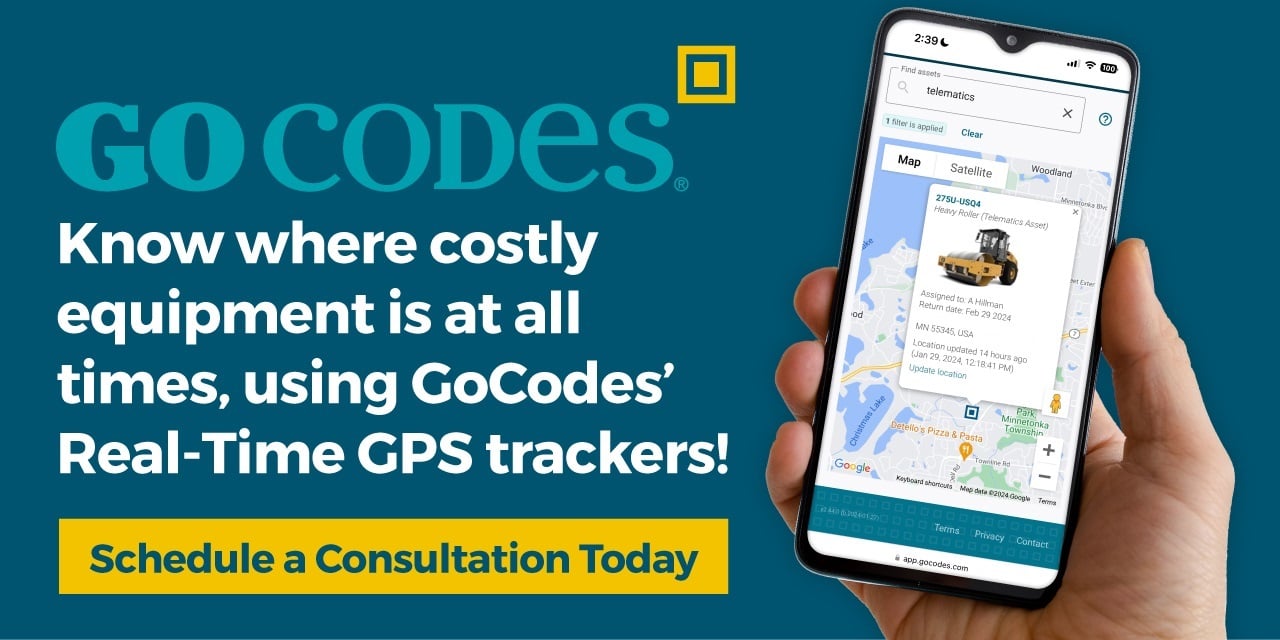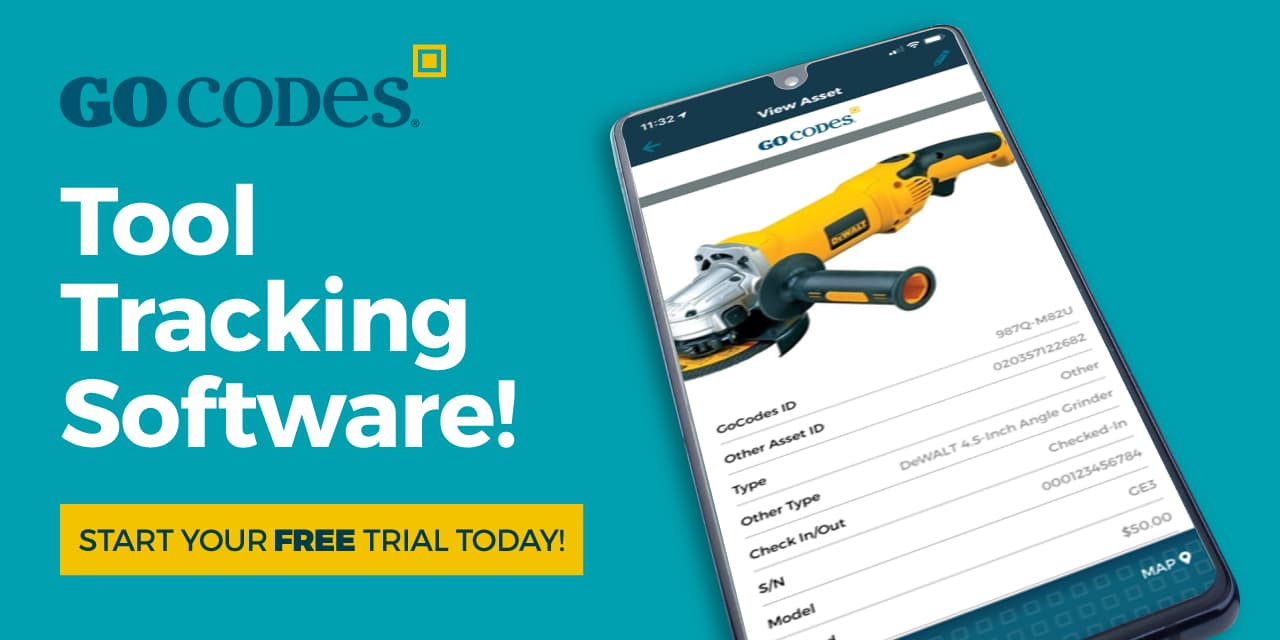Key Takeaways:
- Nearly 80% of surveyed European fleets use GPS fleet tracking.
- The most common pricing model involves getting both the GPS trackers and the subscription for software and data services from the same provider.
- Under this model, one-off hardware costs typically range from $50 to $600 per tracker.
GPS fleet tracking has become essential for companies looking to boost efficiency, save on fuel, improve driver safety, and enhance fleet security.
But how much does it really cost?
The answer depends on several factors: from the size of your fleet to the features you need.
In this article, we’ll break down what influences the cost and give you a clear idea of what to expect when budgeting for GPS fleet tracking.
In this article...
Factors That Influence the Cost of GPS Fleet Tracking
Before delving into specific cost factors, consider this:
A 2025 Verizon survey of European fleet-owning companies showed that 78% were already using GPS fleet tracking in 2024.
Such a high adoption rate signals that the cost of GPS tracking is far lower than the tangible savings it delivers to fleets across industries.
Now, let’s take a closer look at what drives the cost of GPS fleet tracking.
The GPS Fleet Tracking Pricing Model
When it comes to pricing models, GPS fleet tracking solutions offer plenty of options.
In theory, you could buy GPS trackers—often bundled with a “free” tracking app—from any online store and set up your own system.
However, unless you’re purchasing low-quality trackers or snagging a serious discount, this will likely cost more than a provider-based, packaged solution.
On top of that, you’d be left without technical support if any issues arise.
That’s why most companies choose GPS tracking providers that supply the hardware, tracking software, and data services as part of a package.
Most solutions follow one of three main models, shown below:
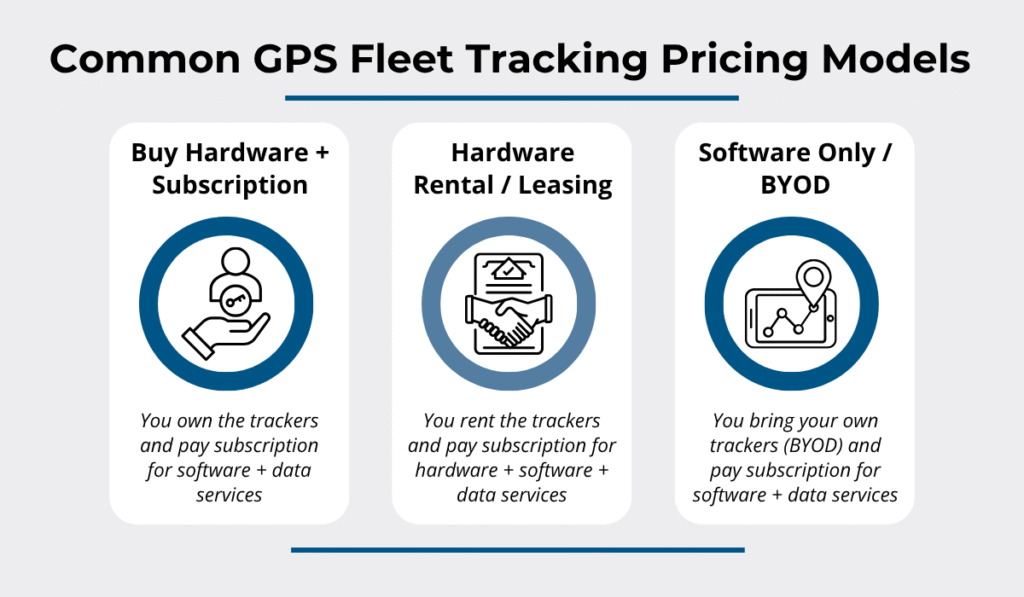
Source: GoCodes Asset Tracking
The first model—buy hardware + subscription—is the most common and involves paying an initial price for GPS trackers and subscribing to a monthly or annual fee for software use and telecommunications services.
Many providers offer tiered subscription plans where basic tracking is included, and premium features like driver behavior analytics, fuel usage reports, or integration with other systems come at an additional cost.

Source: GPSWOX
Pricing tiers help businesses choose the features and scope of GPS fleet tracking that match their needs and budget.
Additionally, annual subscriptions typically come with a 10–20% discount compared to monthly plans.
Note, however, that some providers charge separately for cellular or satellite data, especially when high-frequency updates or remote tracking are required.
Others offer pay-as-you-go options where data costs depend on usage.
Expectedly, larger fleets often negotiate bundled contracts that include discounted hardware or free installation in return for long-term agreements.
As shown below, some providers actively promote these bundled offers to attract fleet operators:

Source: USFleetTracking
While such offers may be tempting, downsides include being locked into long-term contracts with significant early termination fees.
The second model, hardware rental/leasing, is similar to the first, but instead of purchasing GPS trackers, you’re just renting them.
This eliminates the upfront cost of hardware and can make it easier to upgrade devices as technology advances.
However, over time, rental fees may add up to more than the cost of owning your trackers.
Finally, there are bring-your-own-device (BYOD) solutions—essentially software platforms that integrate with a wide range of trackers.
GPSWOX is a good example of a provider that supports this flexible approach.
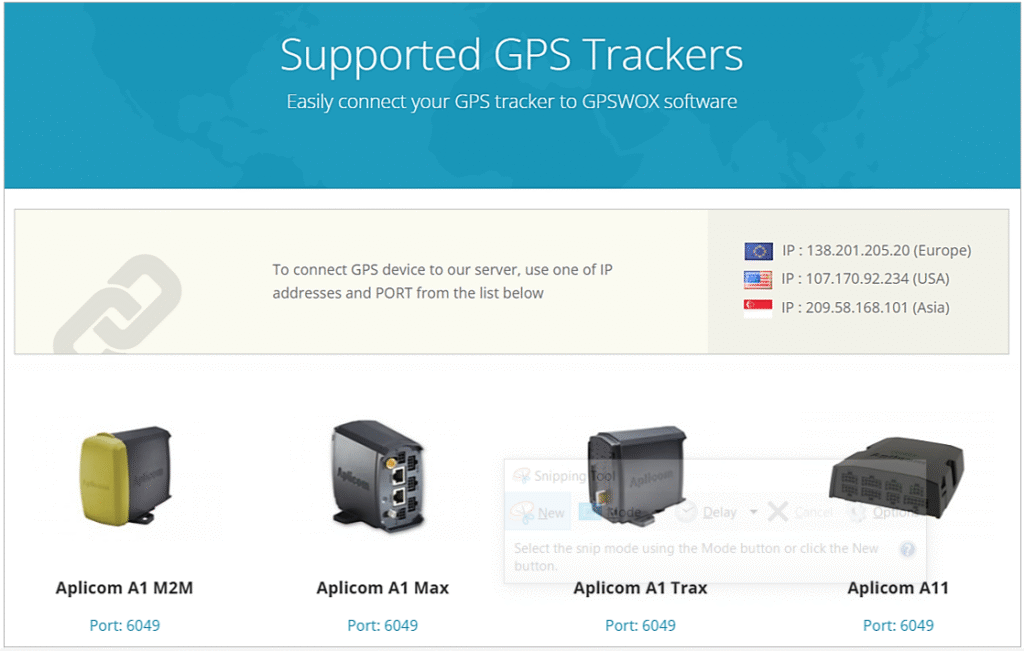
Source: GPSWOX
Such solutions can be advantageous for companies that already have tracking devices or want to purchase trackers separately.
They offer greater flexibility in hardware choice and can lower upfront costs if compatible devices are already available.
However, they may require more technical setup and ongoing maintenance.
To sum up, each pricing model comes with trade-offs:
- Buying hardware means a higher initial investment but lower long-term costs
- Renting reduces upfront expenses but can be more expensive over time
- BYOD provides flexibility but may involve additional integration effort and technical know-how
Understanding these differences helps you choose a model that fits your fleet’s size, budget, and operational needs.
Next, let’s explore how the number of assets you need to track affects your overall costs.
The Number of Fleet Assets To Be Tracked
The number of fleet vehicles and other equipment you want to track with real-time GPS is a straightforward cost factor.
In other words, the larger your GPS-tracked fleet, the higher the cost, especially since most pricing models charge per tracker.
Let’s say that, under the common buy hardware + subscription model we described, the initial purchase price is $100 per device, plus $20 per device per month for software and data services.
In that case, the math is simple, as the table below shows for different fleet sizes:
| Fleet size | Upfront cost | First month’s cost | Annual subscription cost (if no discount) | Total upfront cost + first year’s subscription |
|---|---|---|---|---|
| 10 | $1,000 | $200 | $2,400 | $3,400 |
| 30 | $3,000 | $600 | $7,200 | $10,200 |
| 50 | $5,000 | $1,000 | $12,000 | $17,000 |
| 100 | $10,000 | $2,000 | $24,000 | $34,000 |
So, when you know the initial price and the monthly or annual subscription cost per asset, it’s easy to estimate your budget.
According to the Verizon survey we mentioned earlier, 44% of fleets reported paying off their investment in GPS fleet tracking within 7 to 12 months, with larger fleets often achieving a positive ROI even faster.
At this point, it’s also worth considering which fleet vehicles and equipment truly need real-time GPS tracking and which don’t.
Typically, companies reserve live GPS tracking for their high-value, movable assets like trucks, vehicles, and heavy machinery.
For smaller equipment, tools, and inventory, there are more affordable alternatives.
One of these is GPS-enabled QR code tags.

Source: GoCodes Asset Tracking
These rugged asset tags can be attached to vehicles, equipment, and tools.
If an asset has a real-time GPS tracker, the QR code offers quick access to its digital record.
Users can check the asset in or out, update its status, or log notes in seconds.
For non-GPS-tracked assets, these QR codes become passive, scan-based location tracking devices.
More precisely, each time a worker scans a tag, the software logs the scanning device’s GPS location and shows it on a map.
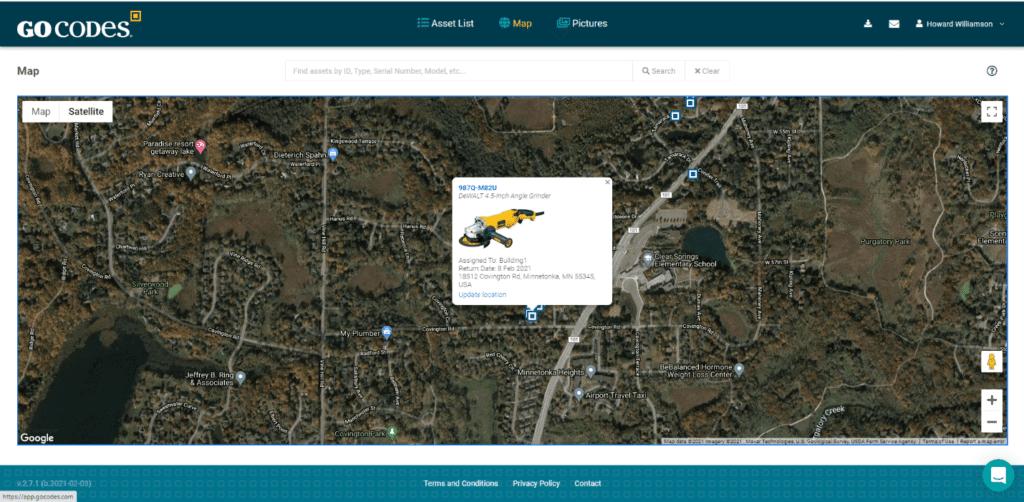
Source: GoCodes Asset Tracking
These QR code tags are highly affordable, and some providers, like GoCodes Asset Tracking, offer them as a primary tracking method, with optional upgrades to live GPS or other tracking technologies.
This lets you cover your entire fleet—vehicles, equipment, tools, and inventory—while prioritizing how many live GPS trackers you truly need.
Now, beyond the number of assets, another key cost factor is the range of features included in your GPS fleet tracking solution.
The Features Included in the GPS Fleet Tracking Software
When comparing GPS fleet tracking solutions, it’s important to keep in mind that not all providers offer the same set of standard features.
The range and sophistication of what’s included can differ widely, and these differences have a direct impact on the cost.
While some features come standard with most subscriptions, others are considered premium or add-on services that drive up the price.
Below, you’ll see the core features typically included in GPS fleet tracking plans.

Source: GoCodes Asset Tracking
Again, always check what’s covered, as pricing plans can differ significantly across providers.
Let’s break down these core features.
Real-time location updates are standard, but note that some providers charge extra if you want high-frequency GPS pinging beyond their default setting.
The software also keeps a digital logbook, automatically recording trip histories for compliance and reporting.
Geofencing and related alerts are key tools for security and operational control.
This feature lets you create virtual boundaries around delivery points, storage yards, construction sites, or fleet routes.
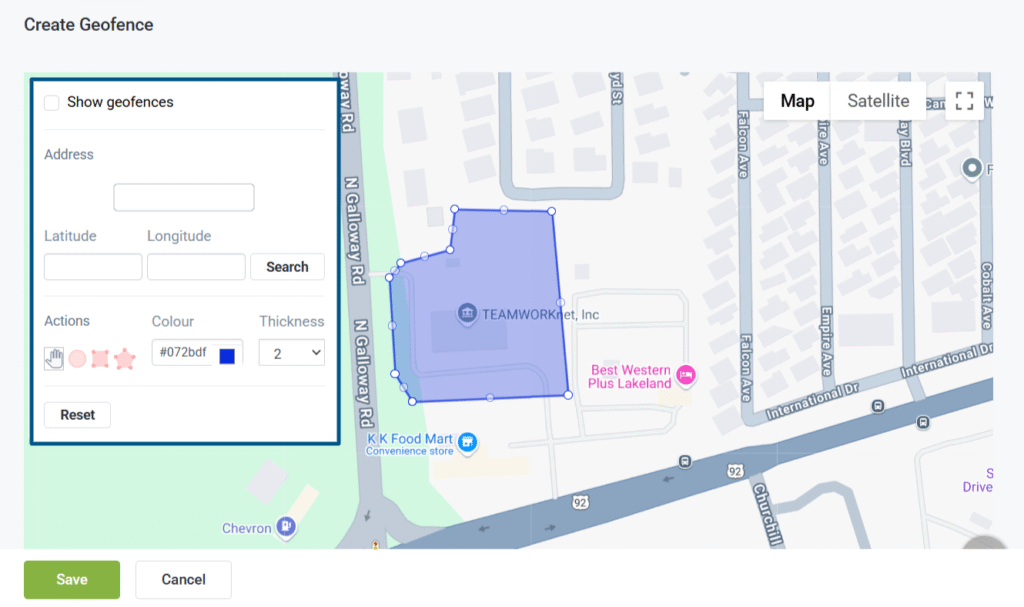
Source: GoCodes Asset Tracking
With geofences in place, you’ll receive instant alerts when vehicles enter or exit these areas.
Mobile app and web access are self-explanatory, allowing users to access the GPS fleet tracking software from any internet-connected device.
Next up, maintenance and inventory reminders help your fleet run smoothly by notifying you of upcoming service based on mileage, engine hours, custom schedules, inventory counts, and more.

Source: GoCodes Asset Tracking
Together with scheduling features, these notifications improve efficiency, enhance safety, and help prevent costly unplanned downtime.
Finally, standard reports and analytics provide essential insights into mileage, vehicle activity, and basic driving metrics such as speed, harsh braking, and rapid acceleration.
These tools support compliance, cost tracking, and operational reviews without the complexity of custom reporting.
For businesses that need deeper insights or broader functionality, providers offer higher-tier packages and add-ons.
While these tools deliver powerful analytics and safety features, they can also significantly increase overall costs.
As shown below, common extras include:

Source: GoCodes Asset Tracking
Again, caution is advised, as plans differ.
As for the advanced features or add-ons, route optimization helps plan the most efficient paths for your fleet, saving time and fuel.
Advanced driver behavior analytics monitor risky habits like speeding or harsh braking, promoting safer driving.
And various in-tracker or in-vehicle sensors and dash cameras provide real-time data and video for enhanced safety and incident review.

Source: Lytx
Next are vehicle diagnostics that deliver insights from onboard systems—such as engine health and battery status—to predict maintenance needs.
Integration with payroll, dispatch, and other systems streamlines operations by connecting your fleet tracking data with other business systems.
Finally, ELD (Electronic Logging Device) and HOS (Hours of Service) compliance tools simplify regulatory reporting by automatically recording driver hours and ensuring legal compliance.
Although these features usually come with increased costs, they can offer significant benefits in safety, efficiency, and regulatory compliance.
Your provider’s support is another cost factor to consider.
The Support Provided by the GPS Fleet Tracking Provider
The support your provider offers can take many forms—from hardware installation and software setup to user training and ongoing technical assistance.
Some solutions include these services in their pricing, while others charge extra, so it’s important to review what’s covered in each plan.
Installation costs often depend on the type of GPS tracker.
Hardwired trackers typically require professional installation, which can add to your upfront expenses.
In contrast, battery-powered and OBD-II plug-in trackers are usually quick to install with little or no extra cost.
For battery-powered devices, installation usually just means securely mounting the tracker in the right location, as illustrated below.

Source: GoCodes Asset Tracking
As shown, trackers should be mounted where they’ll get a strong GPS signal and avoid excessive vibration or heat exposure.
Beyond installation guides and support, many providers offer professional installation services at an extra cost.
Conversely, basic training to help your team set up the system, along with technical support to resolve issues, is generally included in most pricing packages.

Source: GoCodes Asset Tracking
However, advanced training sessions, whether online or onsite, are usually offered as paid add-ons, especially if they’re customized for your business.
Overall, the level of support services can add real value or extra cost, so be sure to weigh these carefully—alongside user reviews—when comparing providers.
Having covered the key cost factors, let’s examine the actual cost of GPS fleet tracking.
How Much Does GPS Fleet Tracking Typically Cost?
By now, it’s clear that the cost of GPS fleet tracking can vary widely, depending on the pricing model, features, fleet size, contract length, and level of support.
According to web sources, general price ranges are:
- Hardware one-off purchase: $50–$600 per device, with advanced units costing more
- Monthly subscription: $10–$60 per vehicle, depending on the above factors
As mentioned, most providers offer discounts for annual plans and long-term contracts.
In rental models, there’s no upfront hardware cost, but the subscription is generally higher to cover the device.
As for BYOD models, prices are often similar or higher than hardware + subscription options because of added technical complexity and reduced support.
That said, most providers don’t publish precise pricing on their websites.
Instead, they’ll ask you to request a personalized quote, as shown below.

Source: GPS Insight
Although this can be frustrating when trying to establish a precise GPS fleet tracking budget, it also encourages you and your team to define exactly what you need—and what you don’t—before requesting quotes.
Beyond installation costs (usually only for hardwired devices) and possible data charges for higher-frequency updates or satellite coverage, your overall price will depend heavily on the features and services you choose.
That’s why it helps to look at the kinds of essential features that basic packages typically provide and use that as a starting point when comparing providers.
For instance, here’s what you get with GoCodes Asset Tracking real-time GPS trackers:
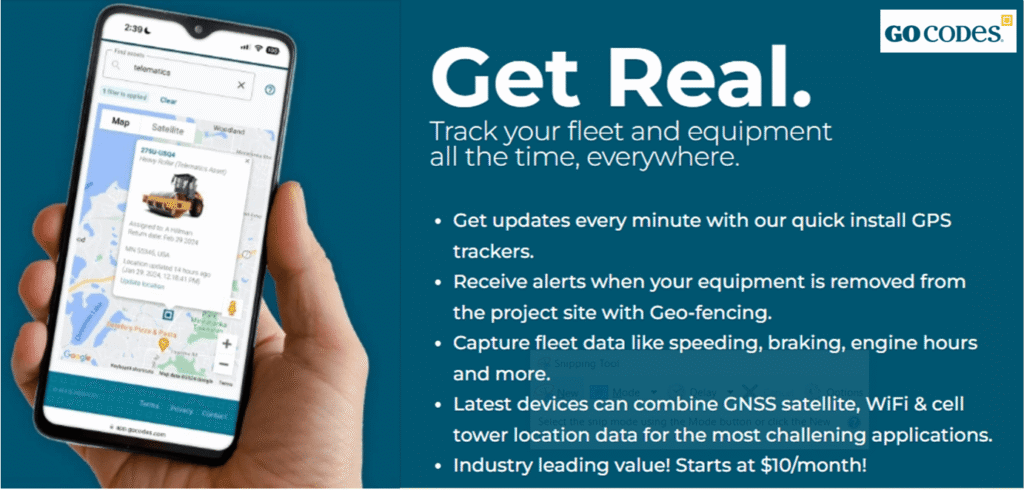
Source: GoCodes Asset Tracking
Our trackers start at just $10 per month, with pricing that reflects your chosen device type, fleet size, and any additional features, such as advanced analytics or integrated asset tracking with GPS-enabled QR codes.
This example highlights that many core features of GPS fleet tracking—like real-time updates, geofencing, and basic driver behavior data—are often included in entry-level pricing, while more advanced options will raise costs.
Of course, all details should be known in advance, from cancellation terms to potential one-time fees for system integration or training.
So when comparing providers, it’s important to know what you want and take advantage of free quotes, demos, trials, and consultations to get to the bottom of GPS fleet tracking cost.
Conclusion
We hope this article has given you a clearer idea of general price ranges and what GPS fleet tracking costs can involve.
With precise pricing and subscription terms obtained from several shortlisted providers, you’ll be able to make an informed choice that fits your budget and fleet management needs.
By balancing features, support, and cost, you can ensure your GPS fleet tracking solution delivers long-term value without unexpected expenses.


